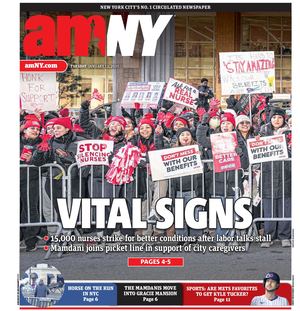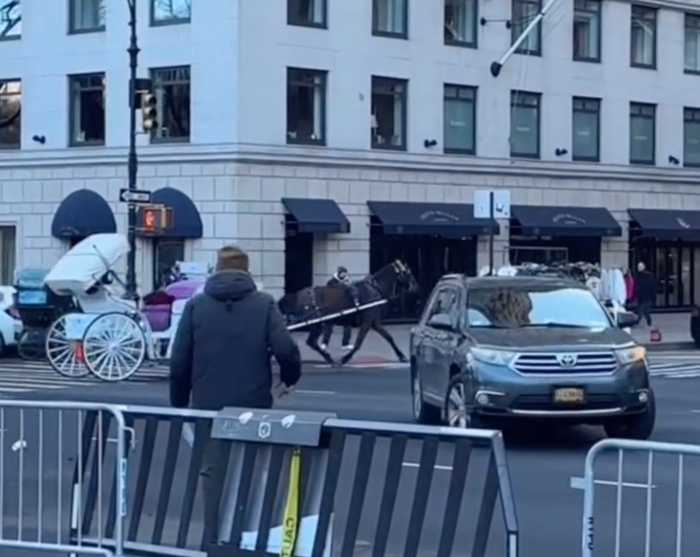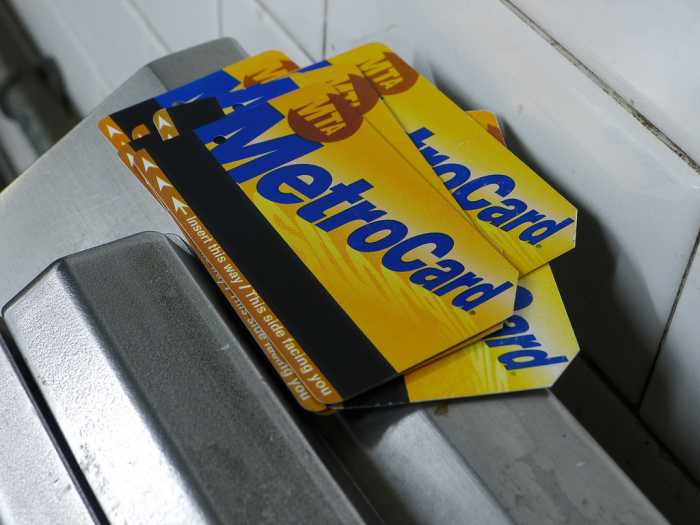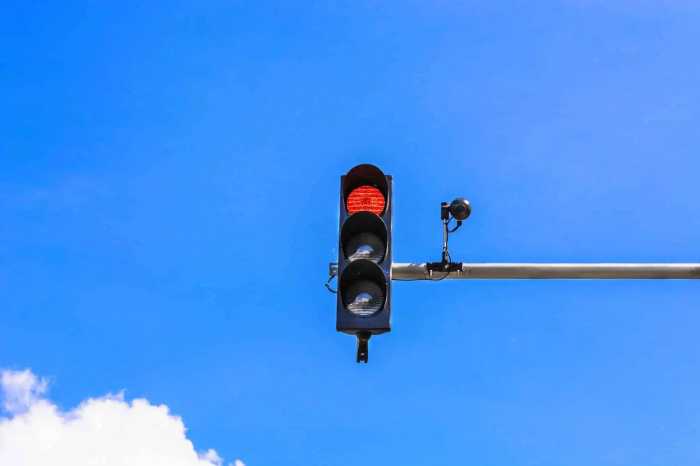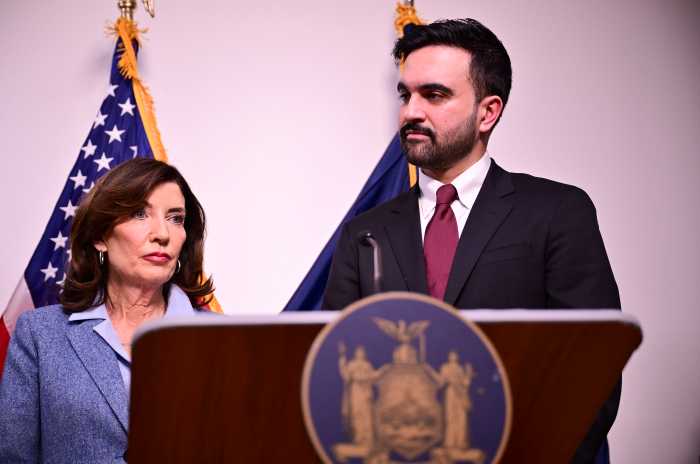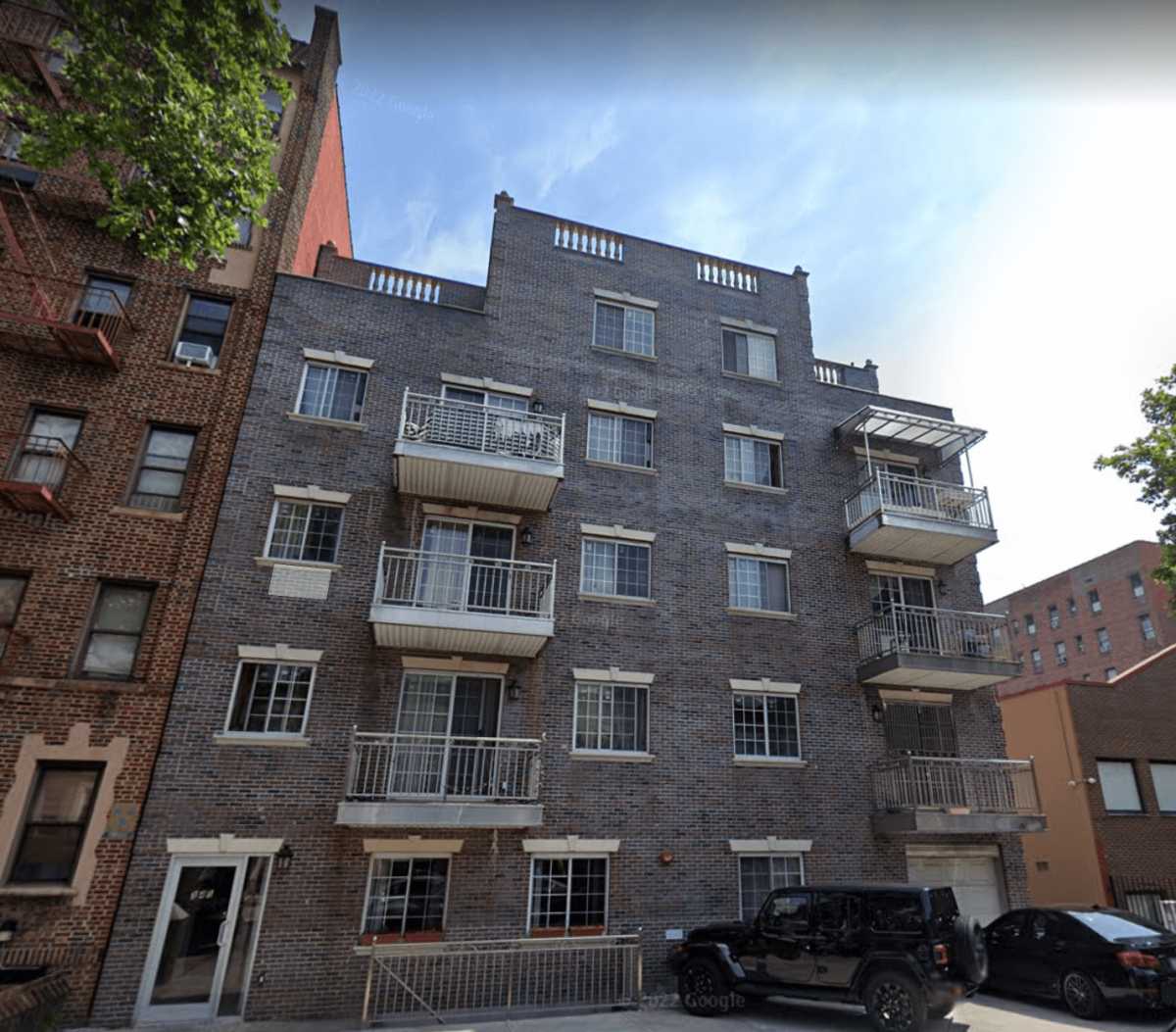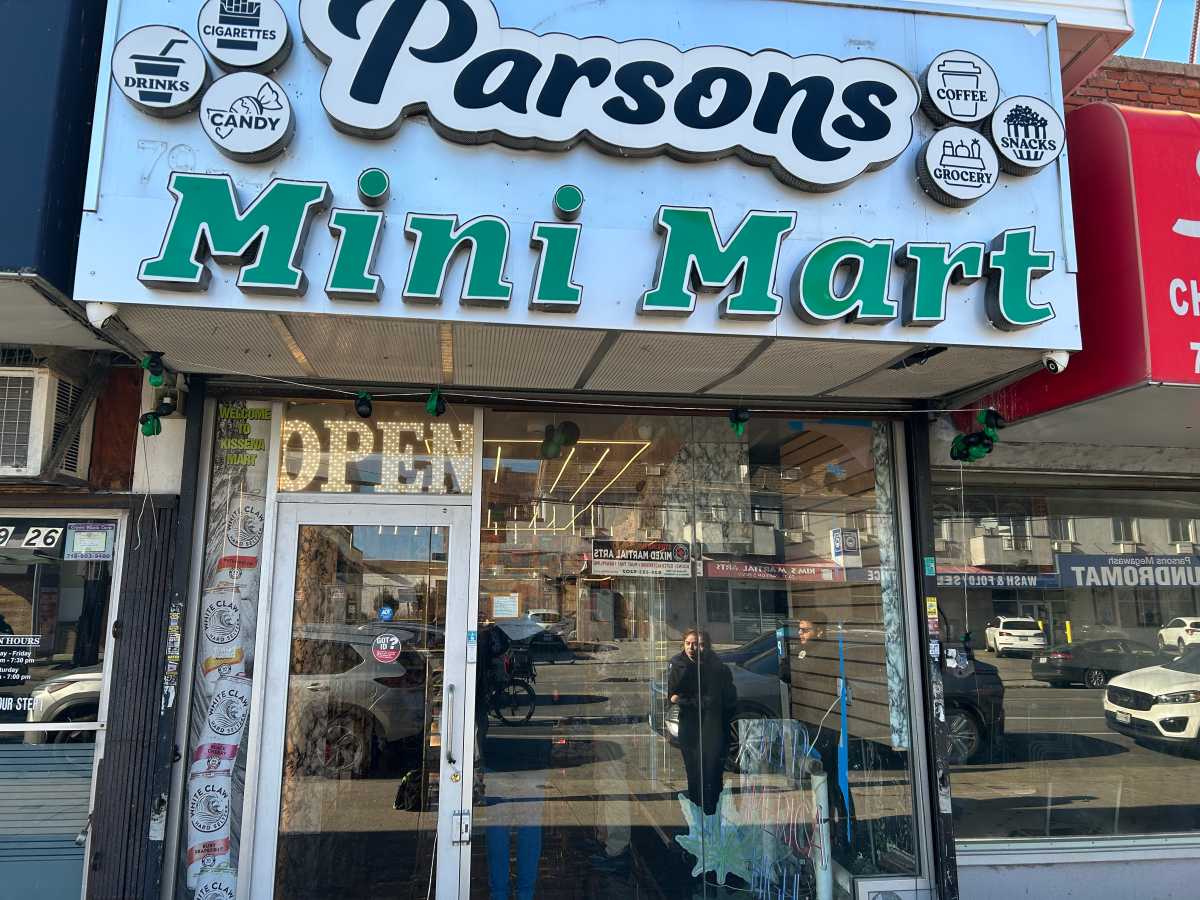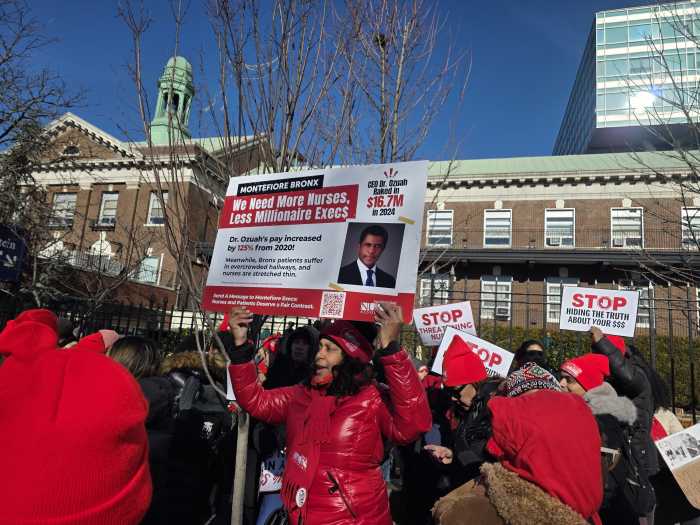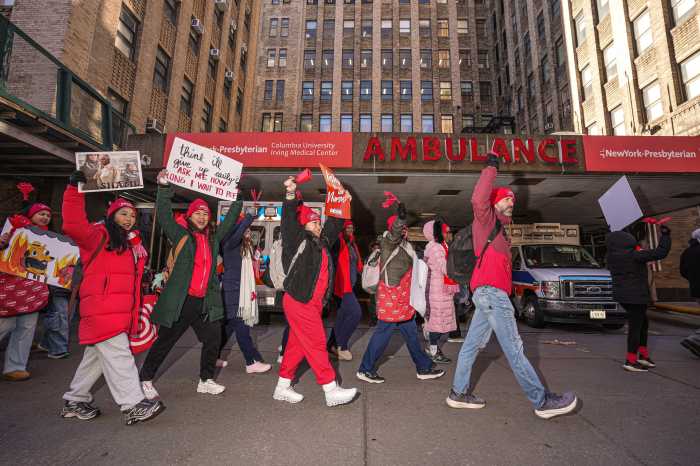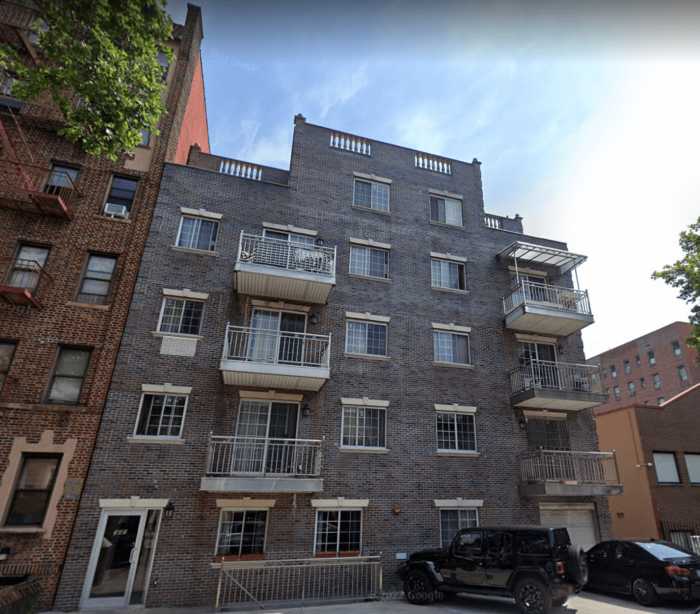The MTA is estimating that its next five-year plan for capital spending will cost at least $60 billion in order to begin saving a failing subway and bus system, according to two sources familiar with the program.
The figure, shared with a specially convened work group, covers the costs of repairs, maintenance and expansion projects for the transit authority’s subways, buses, bridges and railroads. The figure also covers the first half of Fast Forward, an MTA initiative to modernize its failing subways, buses and accessibility services, the sources said, requesting anonymity to discuss private details. Politico first reported the news.
About $19 billion would go to Fast Forward, $20 billion to essential repairs and maintenance, and the remainder for the Metro-North and Long Island Rail Road, according to one of the sources. But the numbers are just ballpark estimates, sources warned.
Jon Weinstein, a spokesman for the MTA, did not confirm or deny the breakdown or total cost of the plan, which will have to be publicly discussed and approved over the course of the next year.
“There are lots of numbers being thrown around, nothing is final,” Weinstein said in a statement. “As we’ve said we need reliable, sustainable, predictable sources of funding.”
A $60 billion draft price tag would represent a near doubling of the MTA’s current $32 billion capital plan, and comes during a bleak period for the authority as it grapples with failing subway, bus and LIRR service, steadily declining MTA Transit ridership, bloated capital spending and an overall dire financial situation.
The state-controlled MTA believes it will require multiple new sources of revenue — perhaps through taxes and congestion pricing — just to close its operating budget gaps in 2020, 2021 and 2022. MTA chairman Joe Lhota on Wednesday warned that without those new sources, the cash-strapped authority might have to slash service and enact unplanned fare and toll hikes to cover its deficits.
“I don’t want us to be in a position where our only options are service reductions and additional fare and toll increases. In fact, for the sake of millions of New Yorkers and our entire economy, those are the last things we . . . want to do,” Lhota said at an MTA board meeting. “But unless we get a sustainable new source of revenue, we have no other options to balance our budget after 2019.”
Even if the state passes congestion pricing — estimated to raise as much as $1.5 billion each year — it still “will not be enough,” he said.
Fast Forward, crafted by MTA Transit president Andy Byford, was unveiled in May as a blueprint to save mass transit in the city through a modern subway signal system, new train cars and overhauled bus routes, among other initiatives. But in the months since its announcement both Mayor Bill de Blasio and Gov. Andrew M. Cuomo, who effectively controls the authority, have bickered over its funding — even though the plan is respected among advocates and transit experts.
The MTA, which moves more than 8 million people each day, shared its draft price for the next capital plan for 2020 to 2025 with the state-assembled Metropolitan Transportation Sustainability Advisory Workgroup, which is working on how to fund and turn around the MTA. The work group could come up with its own recommended capital plan price and ideas on how to find new revenue for the agency by the end of the year.
